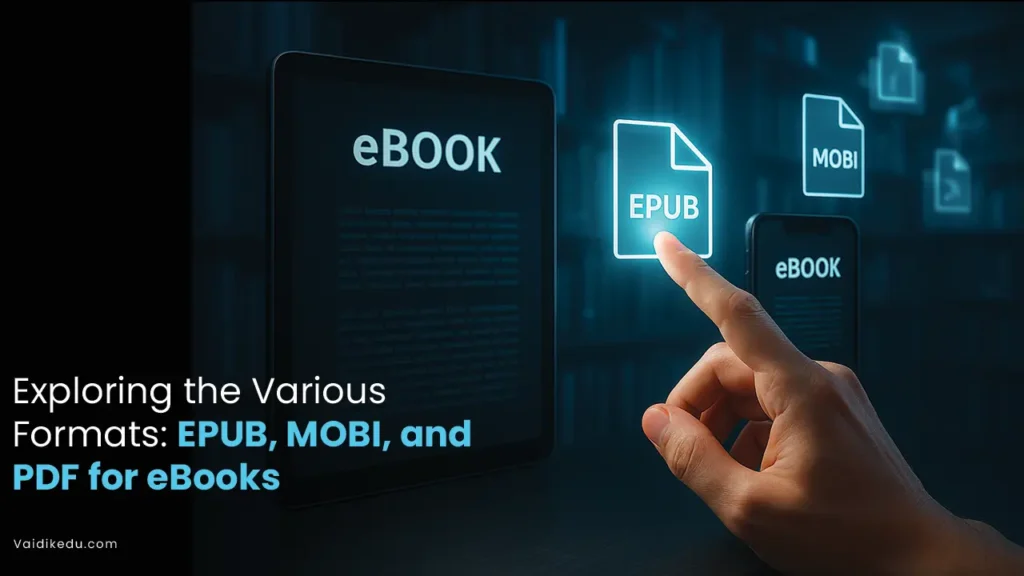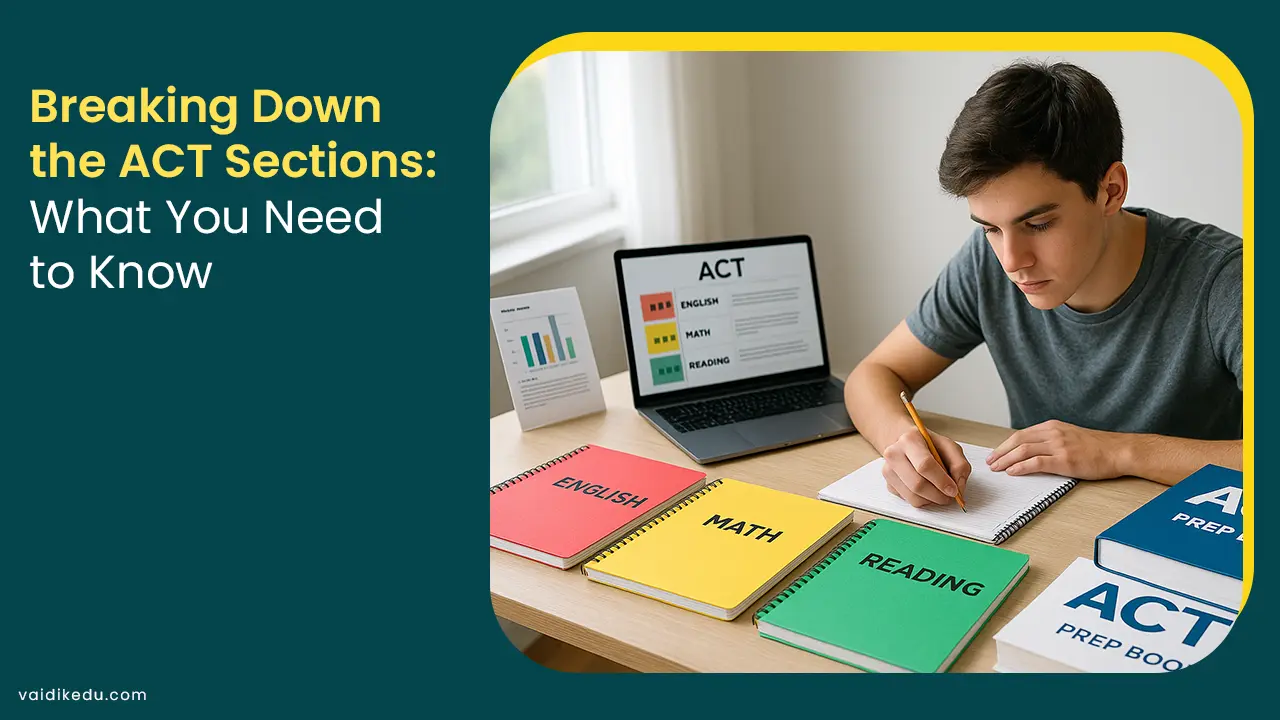Books have been a source of knowledge and entertainment for centuries. With the rise of technology, books have evolved into digital formats called eBooks. These E- Books Publishing can be read on phones, tablets, computers, and E- Readers. Among the most popular formats for eBooks are EPUB, MOBI, and PDF. Each format has unique features and uses. Let us explore these formats in simple terms.
What is EPUB
The acronym EPUB stands for “Electronic Publication.” It is among the most popular eBook formats. This format is adaptable to many screen sizes. The text will fit nicely on any device, including smartphones, tablets, and computers. EPUB’s text is reflowable, which explains this.
Reflowable text means that it can adjust its size, font, and layout to fit the reader’s device. If you desire larger text, you may simply adjust the font size. EPUB is also lightweight, which means it takes very less storage space.
Many E- Readers accept EPUB, including the Kindle (with some conversions), Kobo, and Nook. It is also used by apps like Apple Books and Google Play Books. One drawback is that not all EPUB files are compatible with every device. Some need specific apps to work.
What is MOBI
MOBI is another popular E- Book format. It was originally created by a company called Mobipocket. Later, Amazon bought the company and adapted the format for its Kindle devices.
MOBI files are designed to work well on small screens. They support bookmarks, annotations, and highlights. These features make MOBI great for people who love to interact with their books. Kindle devices use MOBI, but they also accept the newer AZW format, which is based on MOBI.
One disadvantage of MOBI is that it is less adaptable than EPUB. The text does not always adjust as smoothly to different screens. Also, MOBI files are larger than EPUB files, so they take up more space.
What is PDF
PDF stands for “Portable Document Format.” It is frequently used for eBooks, papers, and forms. PDFs are popular because they retain the layout and design of the material. One device’s display will be identical to another’s.
PDF files cannot be reflowed, in contrast to EPUB and MOBI formats. This means the text and images stay fixed in place. While this is great for documents with complex designs, it can make reading harder on small screens. You may have to zoom in or scroll to read the text.
Almost all devices and apps can interact with PDFs. They may be accessible by cellphones, computers, tablets, and even web browsers. They’re ideal for textbooks, manuals, and periodicals. However, PDFs are frequently greater in size than EPUB and MOBI.
Comparing The Formats:
Each format has its strengths and weaknesses. Let us compare them to see which one suits different needs.
Flexibility:
- EPUB: Highly flexible. Adjusts to any screen size.
- MOBI: Less flexible but still works well on small screens.
- PDF: Fixed layout. Not flexible on small screens.
Compatibility:
- EPUB: Supported by most E- Readers and apps. Needs conversion for Kindle.
- MOBI: Works best on Kindle devices.
- PDF: Supported by almost every device.
File Size:
- EPUB: Lightweight and efficient.
- MOBI: Larger than EPUB.
- PDF: Often the largest of the three.
Design:
- EPUB: Great for simple text and reflowable content.
- MOBI: Good for small screens and interactive features.
- PDF: Best for complex layouts and designs.
Choosing The Right Format:
Choosing the right eBook format depends on how you plan to use it. If you want to read novels or books with simple layouts, EPUB is a great choice. It provides a comfortable reading experience on most devices.
If you own a Kindle or want interactive features like annotations, MOBI might be the better option. It is designed specifically for Amazon’s E- Readers and apps.
For textbooks, magazines, or documents with detailed designs, PDF is the best choice. It ensures that the content looks the same on any device, preserving its original layout.
Conclusion:
EPUB, MOBI, and PDF are the main formats for eBooks. Each serves a different purpose and caters to different readers. EPUB is flexible and perfect for general reading. MOBI works well with Kindle devices and offers useful features. PDF is ideal for documents with fixed layouts.
Understanding these formats helps you choose the best one for your needs. Whether you are reading for fun, studying, or working, there is a format that fits your purpose. Embrace the world of eBooks and enjoy the convenience of digital reading.
Frequently Asked Questions
Reflowable content adjusts to fit the screen size and allows users to change font size and style. Fixed layout, typical of PDFs, preserves the original design but may require zooming or panning on smaller screens.
EPUB files are supported by most eReaders, including Kobo, Nook, and Sony Reader, as well as apps like Apple Books and Google Play Books.
EPUB is open and widely supported, while MOBI is proprietary to Amazon. EPUB often supports more modern features and is more versatile.









